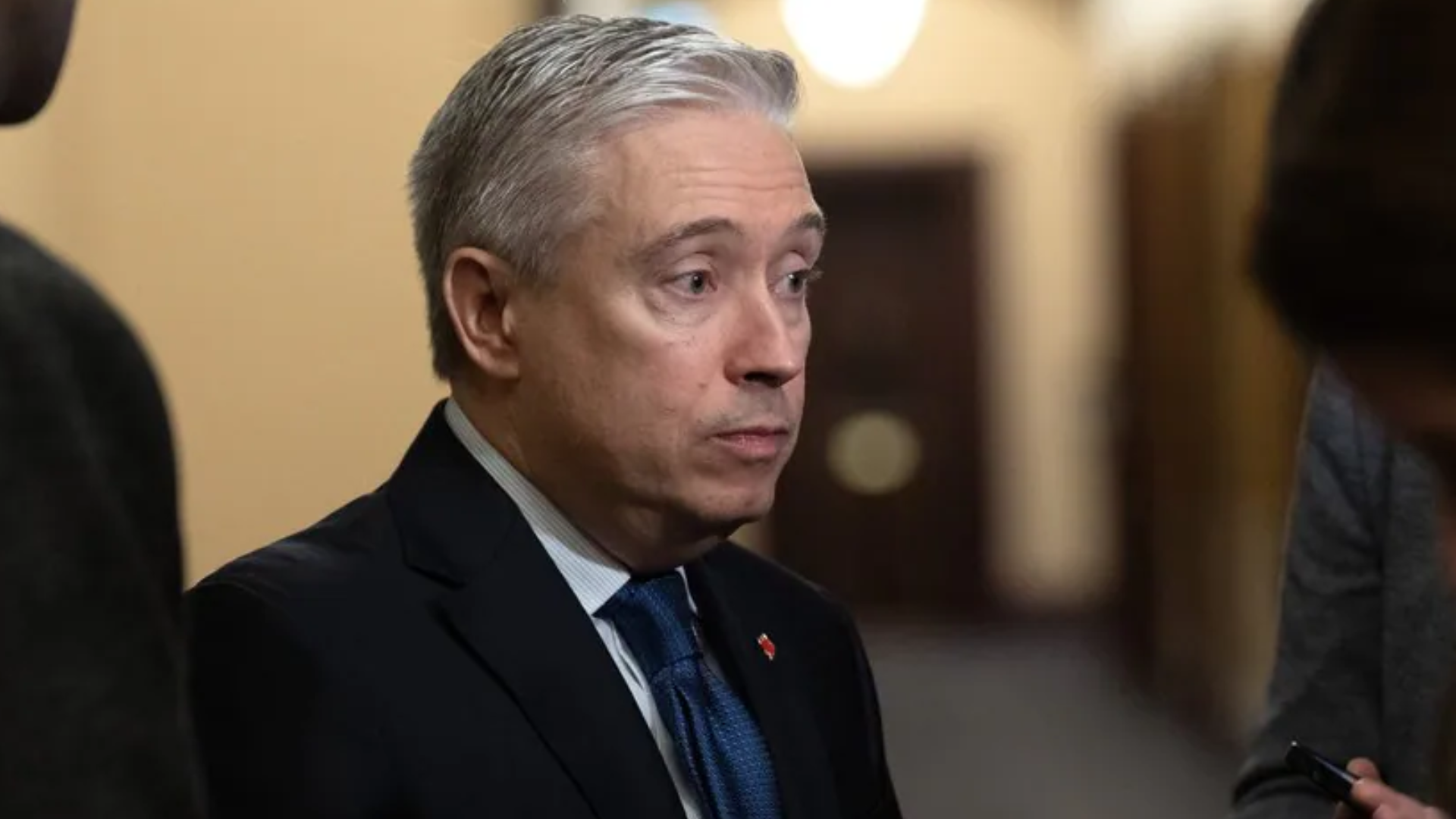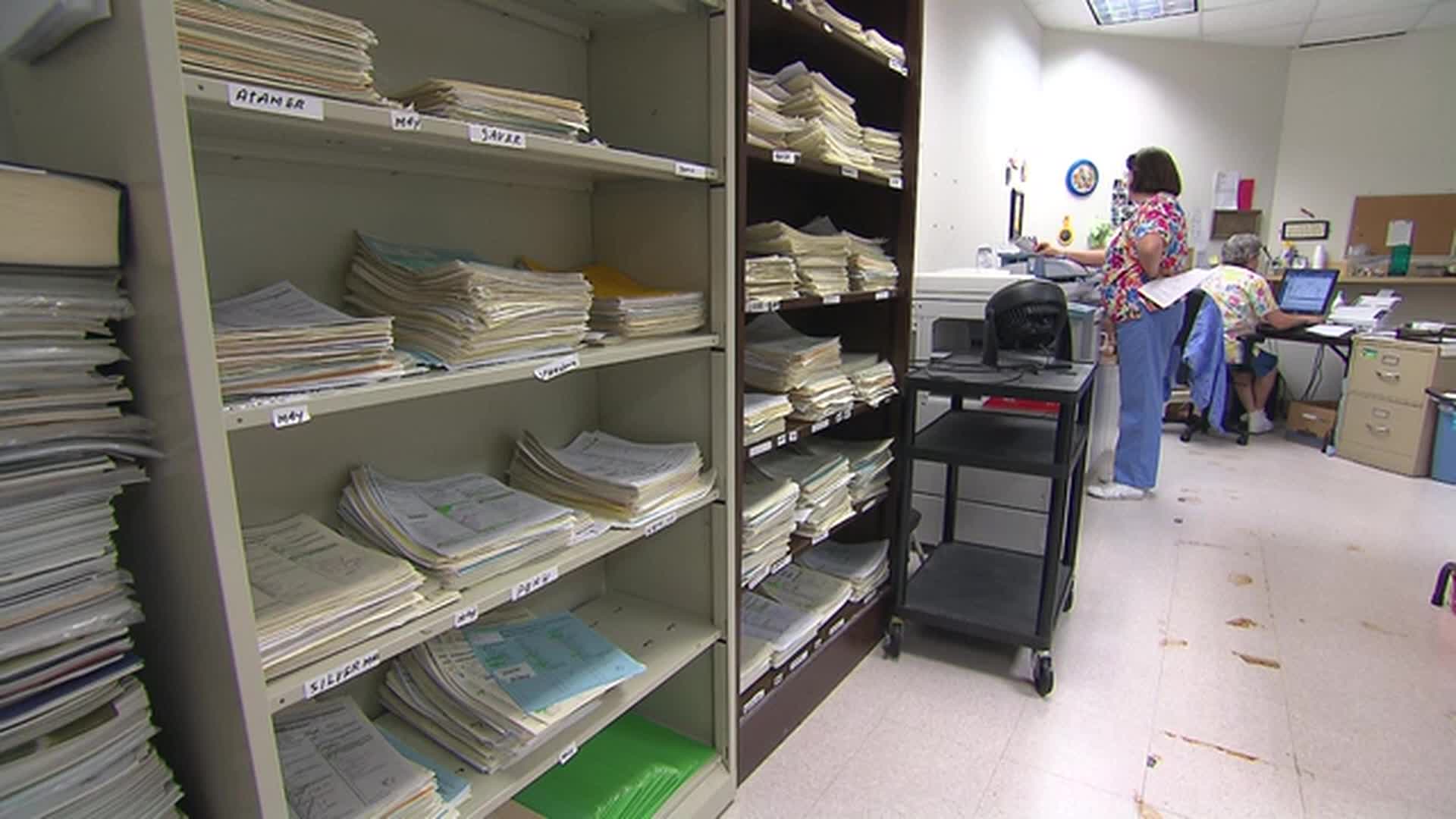Persistent inflation is putting a strain on American families, leading some to explore innovative methods for cost management—however, a significant number of these approaches exacerbate long-term financial obligations.
The half-century mortgage proposition
The Trump administration’s recent proposal for a 50-year mortgage has reignited debate over long-term borrowing. Bill Pulte, director of the Federal Housing Finance Agency, called it “a complete game changer” on social media. While the idea may seem attractive at first glance due to lower monthly payments, the long-term financial implications are far more complex.
A mortgage stretched over half a century could nearly double the total interest paid compared with a standard 30-year mortgage. Additionally, with average life expectancy around 80 years, homeowners would likely need to secure such a loan in their early 30s to benefit fully—a narrow window that makes this option viable for relatively few Americans.
Longer-term debt and auto loans
The 50-year mortgage reflects a broader trend in the American economy: the normalization of extended debt. The auto industry, for instance, increasingly promotes seven-year car loans, coinciding with a surge in new car prices, which now average over $50,000. Extended-term loans may lower monthly obligations but carry inherent risks. Vehicles depreciate rapidly, so borrowers often owe more than the car’s value, a situation that can create financial strain or lead to negative equity.
Matt Schulz, who serves as the lead consumer finance analyst at LendingTree, states, “It’s always preferable to steer clear of loan durations that extend beyond the typical. Vehicles depreciate rapidly, and an extended loan period raises the probability of your debt surpassing the asset’s actual worth.”
The ascent of deferred payment options
Beyond traditional mortgages and car financing, a growing number of Americans are utilizing “buy now, pay later” (BNPL) schemes, accessible both digitally and at physical retail locations. These services provide instant acquisition of products with delayed payment, offering a temporary reprieve from financial strain, yet they come with potential long-term hazards.
A Federal Reserve analysis revealed that individuals utilizing BNPL services frequently indicate diminished financial stability or cash flow limitations, employing these schemes to acquire goods they would otherwise be unable to purchase. Despite its convenience, BNPL has the potential to foster excessive spending and exacerbate personal indebtedness, especially among younger demographics who are still developing their financial fortitude.
Exploding household debt
Household debt in the United States is at record levels, encompassing mortgages, student loans, auto financing, and credit card balances. According to the New York Federal Reserve, total household debt reached $18.6 trillion—a 3.6% increase from the previous year. Credit card debt alone climbed nearly 6% to $1.2 trillion.
Late payments are also on the rise, with over 3% of consumers falling into severe delinquency, which means they are at least 90 days overdue, representing the highest percentage in more than ten years. Student loans are especially worrisome, with over 14% in serious delinquency during the last quarter, reaching an unprecedented high. These difficulties are further exacerbated by decreasing credit scores, which make obtaining new loans more costly as creditors charge higher interest rates to offset the heightened risk.
Property ownership and wealth accumulation
Despite economic challenges, owning a home continues to be a primary method for accumulating enduring wealth in the United States. Real estate generally increases in value over time, enabling property owners to build up equity that can subsequently be utilized for retirement planning or other financial objectives. Furthermore, deductions for mortgage interest offer tax benefits that are unavailable to those who rent.
Homeownership has historically been one of the most reliable ways for the average person to create wealth, says Schulz. However, rising home prices and mortgage rates in recent years have made this dream more difficult to achieve, forcing many Americans to reconsider the feasibility of buying a home.
Navigating immediate aid versus enduring hazards
While extended credit and BNPL programs provide instant financial breathing room, they can jeopardize enduring stability. Reduced monthly installments might appear attractive, yet the accumulated interest and risk of negative equity can heavily encumber those who borrow. Financial specialists advise consumers to thoroughly assess the compromises between immediate accessibility and sustained financial well-being.
Tackling a financial burden-laden environment
For citizens of the United States grappling with ongoing inflation and escalating expenses, the allure of extended debt solutions is considerable. Home loans stretching over many years, prolonged vehicle financing, and buy-now-pay-later programs are becoming prevalent methods for handling daily expenditures. However, these strategies could establish a debt spiral that is challenging to break free from, possibly jeopardizing the very financial stability they aim to provide.
Financial literacy and prudent planning remain essential. Understanding the implications of longer-term loans, tracking debt obligations, and maintaining emergency savings are critical strategies for navigating today’s economic environment. Consumers must weigh short-term convenience against long-term consequences, ensuring that solutions intended to relieve financial pressure do not ultimately exacerbate it.
The convergence of inflation, escalating asset prices, and novel lending solutions creates an intricate financial environment for individuals in the United States. Although initiatives such as half-century mortgages and Buy Now, Pay Later schemes provide immediate financial breathing room, their extended ramifications underscore the necessity of meticulous financial foresight to prevent accumulating debt and ensure future security.




